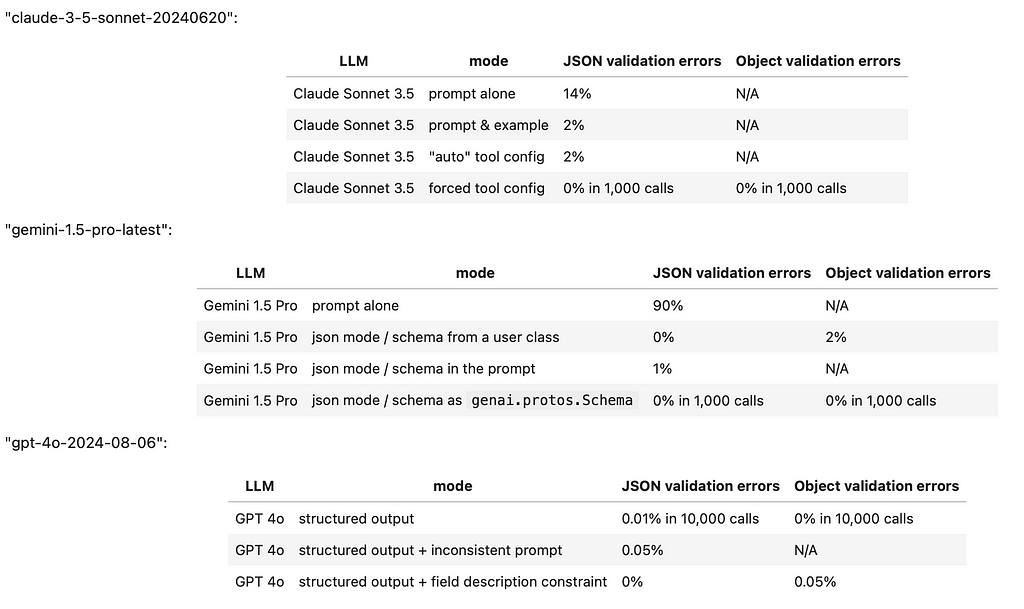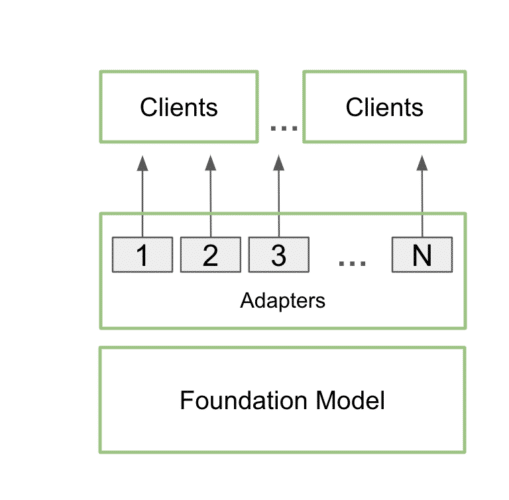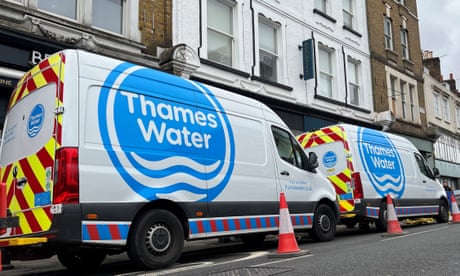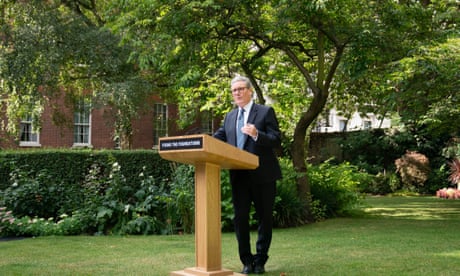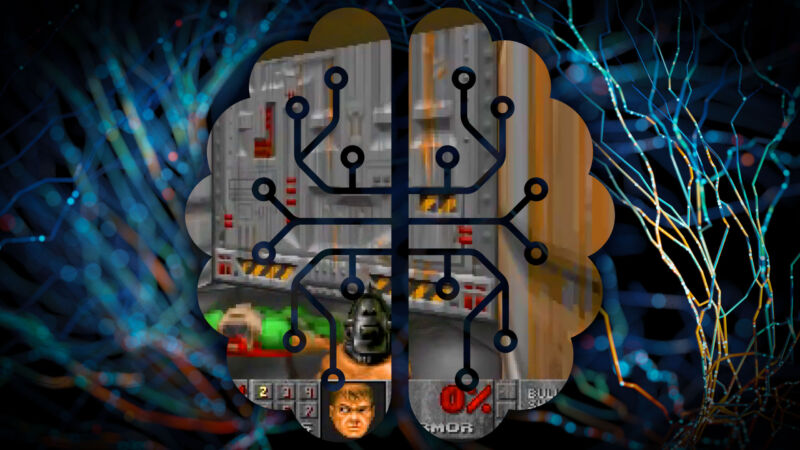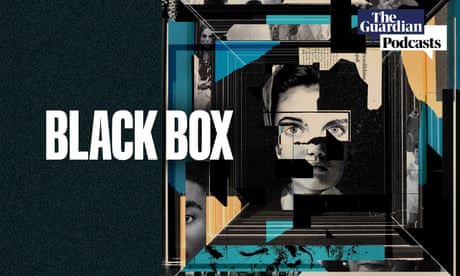Top LLMs tested for structured output: Google Gemini Pro, Anthropic Claude, OpenAI GPT. OpenAI leads with direct integration for JSONs. Anthropic requires 'tool call' trick, Google Gemini is cumbersome.
NVIDIA RTX AI Toolkit enables developers to fine-tune models for improved performance using LoRA, boosting speeds by up to 6x. Customizing LLMs with LoRA adapters allows for tailored outputs, such as generating dialogue in specific styles or voices simultaneously for various applications.
Nvidia, third most valuable company, sees revenue surge to $30.04bn, driven by rising AI demand. Despite exceeding expectations, shares drop 3% in after-hours trading.
Southeast England water company rejects proposed cuts, deeming plan 'uninvestible'. Polestar appoints new CEO, continues global expansion in electric vehicle market.
Starmer hints at tax rises, plans cuts in public expenditure, drawing comparisons to failed policies of George Osborne. Calls for a new Beveridge Mark 2 to bring hope after 14 years of brokenness.
MIT researchers develop algorithm to solve nonlinear parabolic PDEs in computer graphics. New approach simplifies complex problems into three steps for better shape analysis.
GPT-4o and LATS merge to enhance LLM decision-making, revolutionizing problem-solving with advanced reasoning capabilities. Meta-generation algorithms amplify computational resources during inference, mimicking higher-level cognitive processes for improved model performance.
Generative AI features are expanding in software with Amazon Bedrock, offering high-performing foundational models from leading AI companies like AI21 Labs and Meta. Learn how to implement tenant isolation using Amazon Bedrock agents in a multi-tenant environment for secure and responsible AI applications.
Google and Tel Aviv University introduce GameNGen, an AI model simulating Doom using Stable Diffusion techniques. The neural network system could revolutionize real-time video game synthesis by predicting and generating graphics on the fly.
Guardian journalist Michael Safi delves into AI's societal impact, exploring both dangers and promises. AI aids cancer detection in Montana and Massachusetts, showing potential for positive change.
Microsoft has donated the Mono Project to WineHQ, encouraging migration to open source .NET framework. Mono, created by Miguel de Icaza, was a trailblazer for .NET on various operating systems.
Incorporating AI like Amazon Q Developer can boost dev productivity by 30%. Amazon Q Business enhances enterprise operations with generative AI.
RAG combines retrieval & generative models for QA systems. Automate end-to-end RAG deployment using AWS CDK & Amazon Bedrock.
AWS DeepRacer: Learn to bridge the sim2real gap by mastering the physical track. Understand how the car's camera sensor uses grayscale images to navigate based on pixel values.
Amazon Q Business offers interactive chat applications using enterprise data, with the Amazon Q Web Crawler connector for indexing website contents. The connector automatically updates and indexes webpages and attachments, allowing for generative AI experiences based on user requests.

